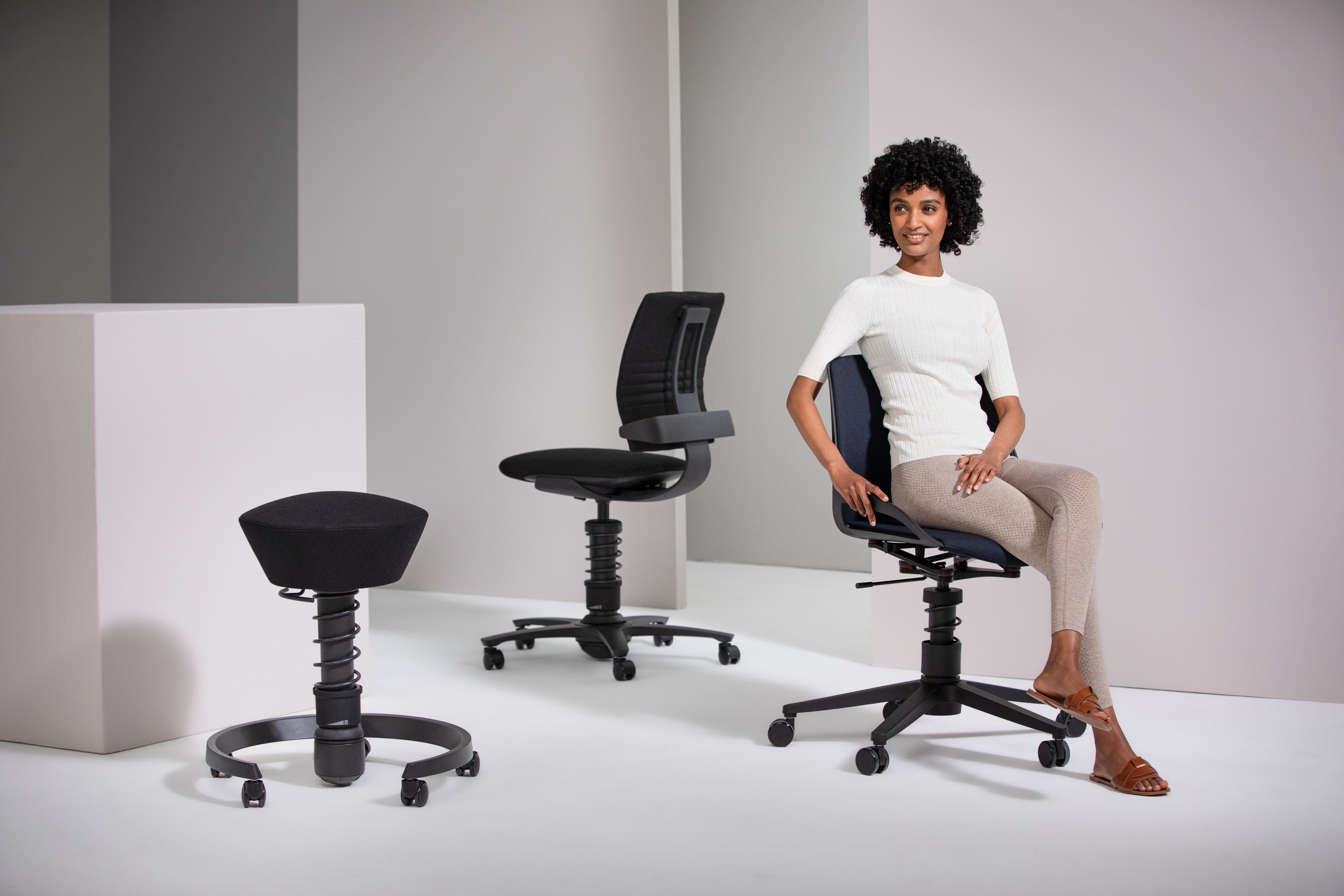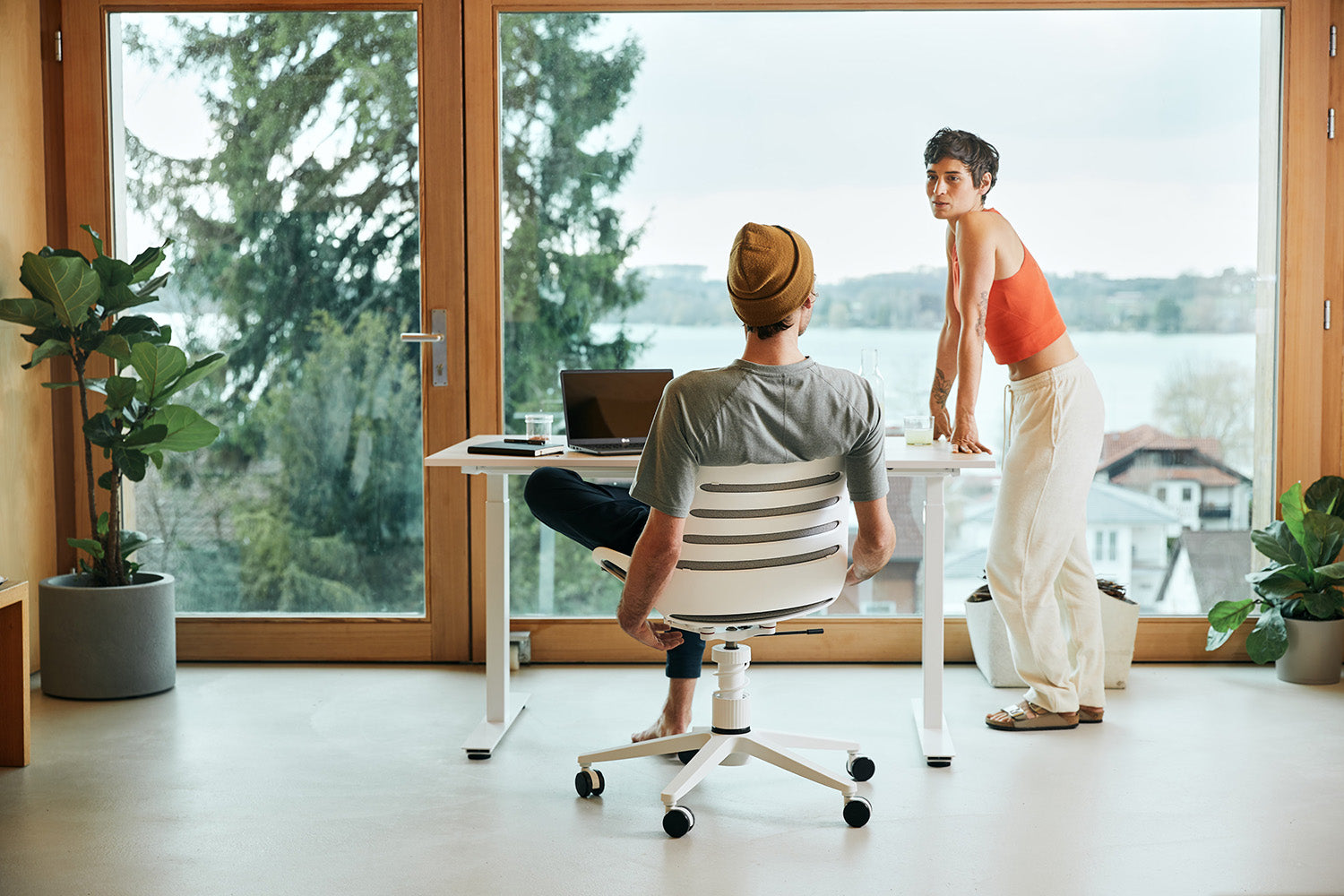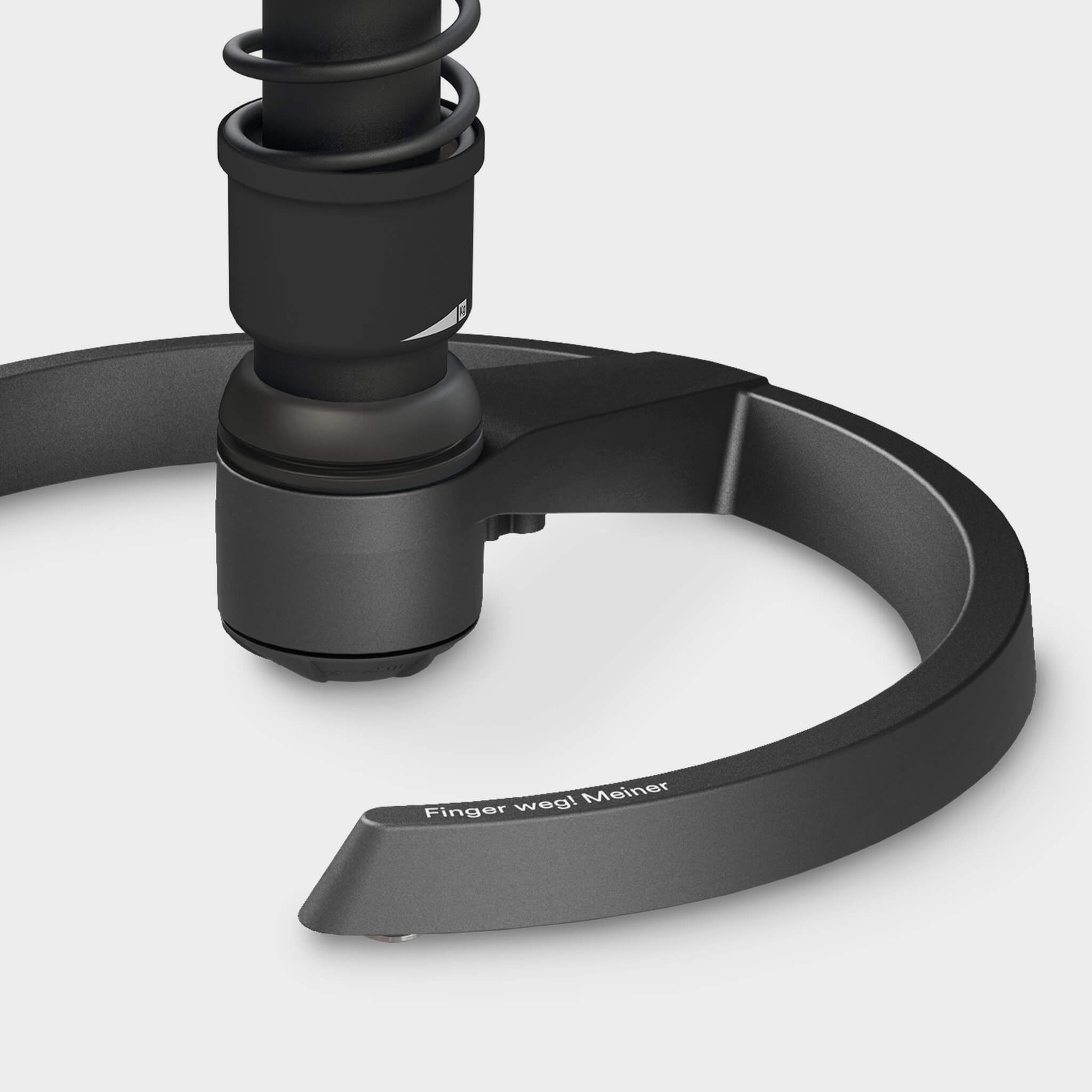In the past, such a hunchback (medically kyphosis) was mainly seen in older people. Today, many young adults and children already have a hunchback.
The hunchback, also known as the "hump" or "widow's hump", is one of the most common postural defects of all. In most cases, it is caused by poor posture and lack of movement, and this then leads to the spine between the neck and upper back becoming curved at shoulder level and causing problems (including severe back pain).
If poor posture is the sole cause of a hunchback, you can train away the "widow's hump" with a lot of movement and targeted exercises. In this article, we'll show you which exercises are really effective and what else you can do to avoid a hunchback and get your spine back into shape.
What actually is kyphosis - a hunchback?
Kyphosis refers to a thoracic spine that is curved backwards. A slight curvature of the spine is quite normal and even important for a healthy posture ((physiological kyphosis). However, if the curvature is more than 40 degrees, it is called a Hyperkyphosis, the colloquial Hunchback or hump. Mostly, however, the two terms kyphosis and hyperkyphosis are used synonymously and mean in both cases the pathological change of the upper back. 
How does a hunchback develop?
There are various causes for the development of kyphosis. Sometimes a hunchback hides serious diseases, such as:The most common causes of a hunchback, however, are not "hard" medical reasons, but simply Lack of movement and poor posture.
We all move far too little or in a one-sided way. All day long we sit at our desks, on our cell phones or in the car in a rigid, forward-leaning posture.
This forward-leaning posture leads to muscle tension. The muscles in the front of the chest and abdomen shorten, while the shoulder and back muscles lengthen and become tense. Doctors refer to this as muscular imbalances, i.e. an imbalance of muscle forces.
Over time, this poor posture leads to changes in the vertebral bodies and damage to the intervertebral discs. All this eventually leads to the formation of a hump over time.
What are the symptoms of a crooked back?
The symptoms of a hunchback can vary from mild to severe. In most cases, physical pain is the result. Often, however, the visual blemish also represents an enormous psychological burden and can lead to depression.Typical symptoms are:
The complaints sometimes only appear after years. Until then, the body tries to compensate for the poor posture.

The test for at home: Do I have a hunchback?
You can easily test yourself to see if you have a hunchback. Lean your back against a wall. The back of your head, your upper back, your buttocks and your heels should touch the wall at the same time. If you notice that the back of your head is not in contact with the wall, you may have a hunchback.There are also many other signs that a hunchback has formed. Also pay attention once to whether your Larynx exceptionally far forward stands. This happens because of the forward stretched head posture during hunchback.
Or observe what happens to your arms and hands when you simply let them hang straight down at your sides. If you are healthy, your arms and hands rotate inward. In the case of a hunchback, the forearms and backs of the hands automatically rotate forward.
Also, you can bend over in front and have someone check to see if your back is evenly rounded or not. With a hunchback, a protrusion occurs where the curvature is.
However, it is best to see an orthopedist if you have back problems. He can easily see if it really is a hunchback and what the extent of the disease is.

How to straighten the back?
What can be done about kyphosis depends entirely on the cause, severity, age and symptoms.In severe cases, only comprehensive therapies with physiotherapeutic exercises, breathing exercises, orthoses and more help. Often, only the acute symptoms can then be alleviated. The deformity often cannot be completely reversed.
In the case of a slight hunchback, which has developed due to lack of exercise and incorrect posture, it is possible to train away the hunchback with targeted muscle training and the right stretching exercises, or to halt the progression of the condition.
Effective exercises for chest and back muscles
Here you will find the best exercises that specifically strengthen your back and chest muscles. This improves your posture and stabilizes your spine:
Exercise 1:
Take a deep breath and push your chest forward. Pull your shoulder back and lower your chin so that you are looking straight ahead. Hold the position for at least 20 seconds, breathing deeply in and out regularly. Repeat this exercise 5-6 times.
Exercise 2:
Lean back against a wall. Your upper back rests completely against the wall. Move your arms upward and press your elbows against the wall. From the stretched position, slowly pull your arms back down along the wall.
Pull your elbows down as far as possible, making sure they touch the wall throughout the movement. Do 15-20 repetitions of this and 3-4 sets. Take a short break between each set.
Exercise 3:
Lean one forearm against a wall. The bent elbow joint should be slightly above shoulder height. Now turn your upper body in the opposite direction until you feel a stretch in your chest. Hold the stretch for at least 20 seconds. Perform a total of 3-4 repetitions per side.
Exercise 4:
Lie stretched out with your back on a mat and place a small roller (e.g. fascia roller) on your upper back, approximately centered under your thoracic spine.
Then roll up and down a little and pause at the point where you feel the most tension. Cross your arms under your head and breathe deeply in and out. Stay in this position for about 2 minutes - or even longer - and then slowly come out of the stretch.
It is important that you perform the exercises regularly to achieve positive effects (at least twice a week). The first successes can be seen after just four to six weeks. Very important: Continue even when the symptoms subside. Because longer breaks in training can lead to relapses.

Another important factor in preventing a hunchback or training it away is sport. However, not all sports are equally suitable.
Well suited are e.g.:
Jogging should rather be avoided. The impact load and the curvature of the spine ensure that the intervertebral discs are heavily loaded and thus a herniated disc is favored. In addition, running is not a good start for the untrained, because the joints and tendons suffer from the impact load.
Cycling does not make your posture worse, but at the same time it is not anti-round back exercises. Why not? Quite simply, cycling is not a pulling exercise, not a strengthening exercise that can correct your muscular imbalances.

Furthermore, you can do good for your back by adopting healthy sitting habits. As a rule, we all sit for far too long, about 11-12 hours a day (at work, in front of the laptop or cell phone, while eating, watching TV, in the car, etc.).
That's why it's smart to incorporate as much movement as possible into your daily sitting routine. The active chairs from Aeris, such as the Aeris Swopper, the Aeris 3Dee or Aeris Numo Task can provide good support here, as they have 3D technology that provides more than twice as much movement when sitting than conventional office chairs.

And this is good for the intervertebral discs and incidentally trains the muscles, especially the back muscles, which in turn stabilizes the spine.
So if you continuously bring movement into your sitting by using active office chairs, you also prevent bad posture and postural damage such as a hunched back.
Disclaimer: Please note that we are not physicians and do not offer medical advice. The content contained in this article is for general information only and cannot replace a specialist diagnosis and treatment. If you have any doubts or questions, always consult your treating physician.

